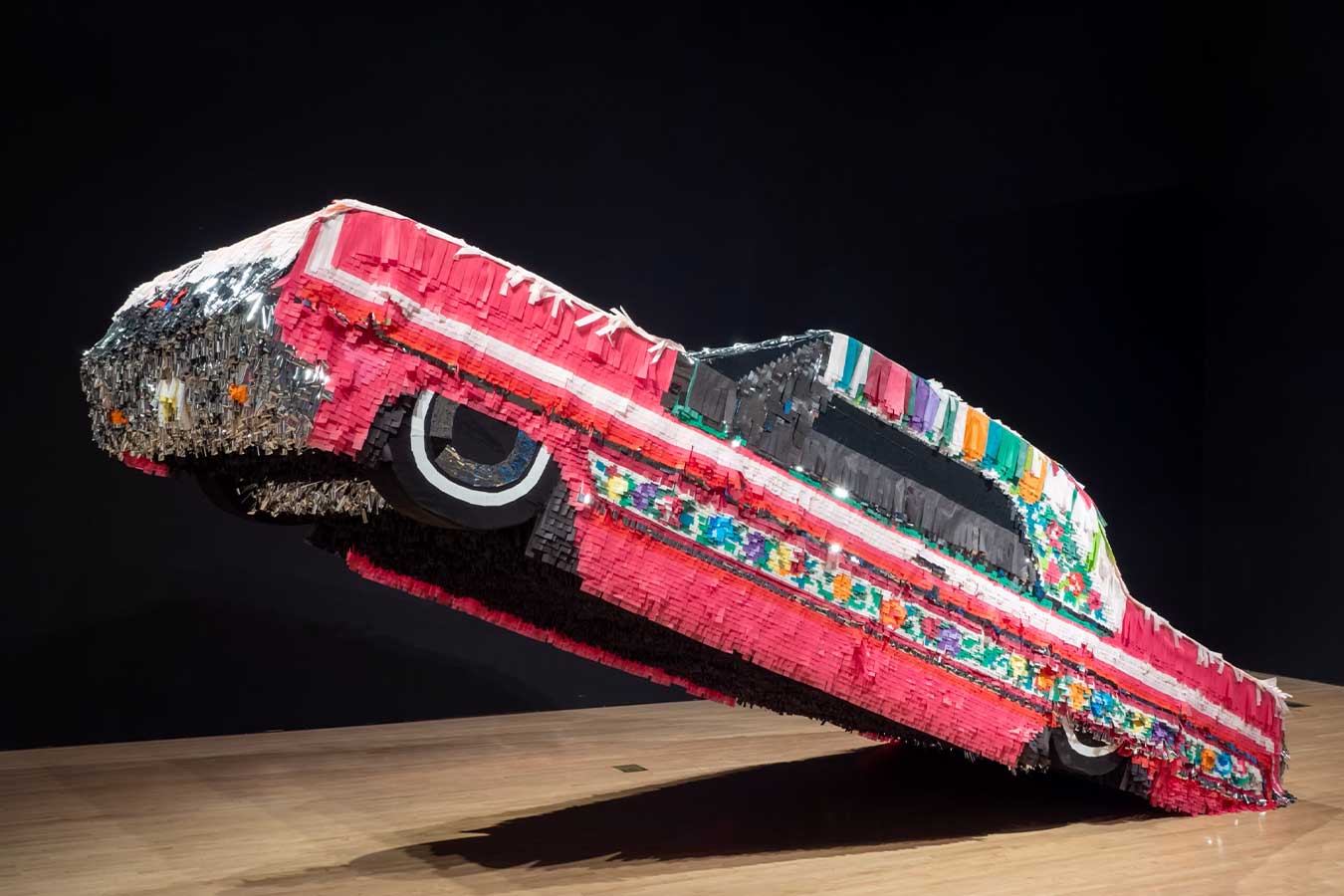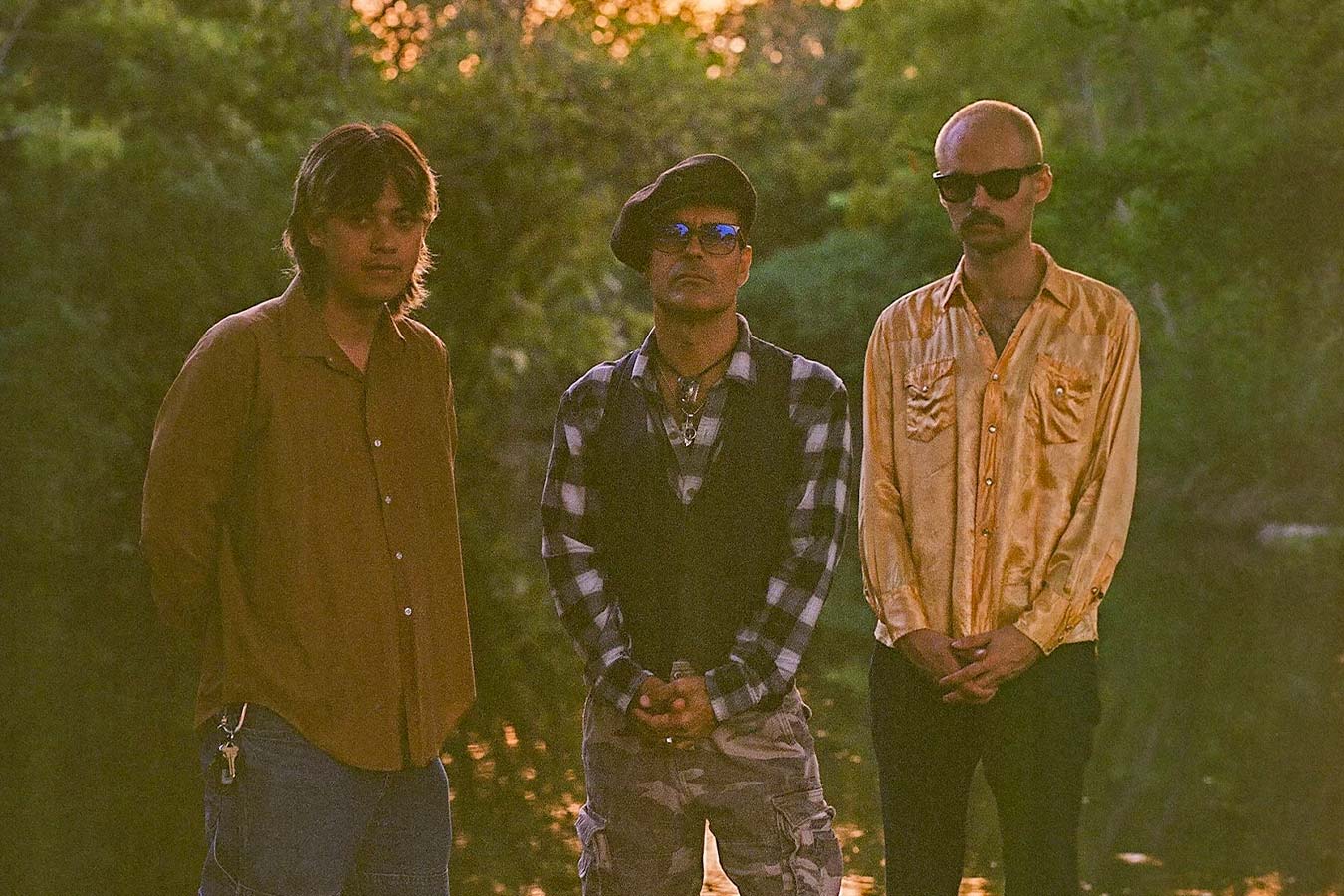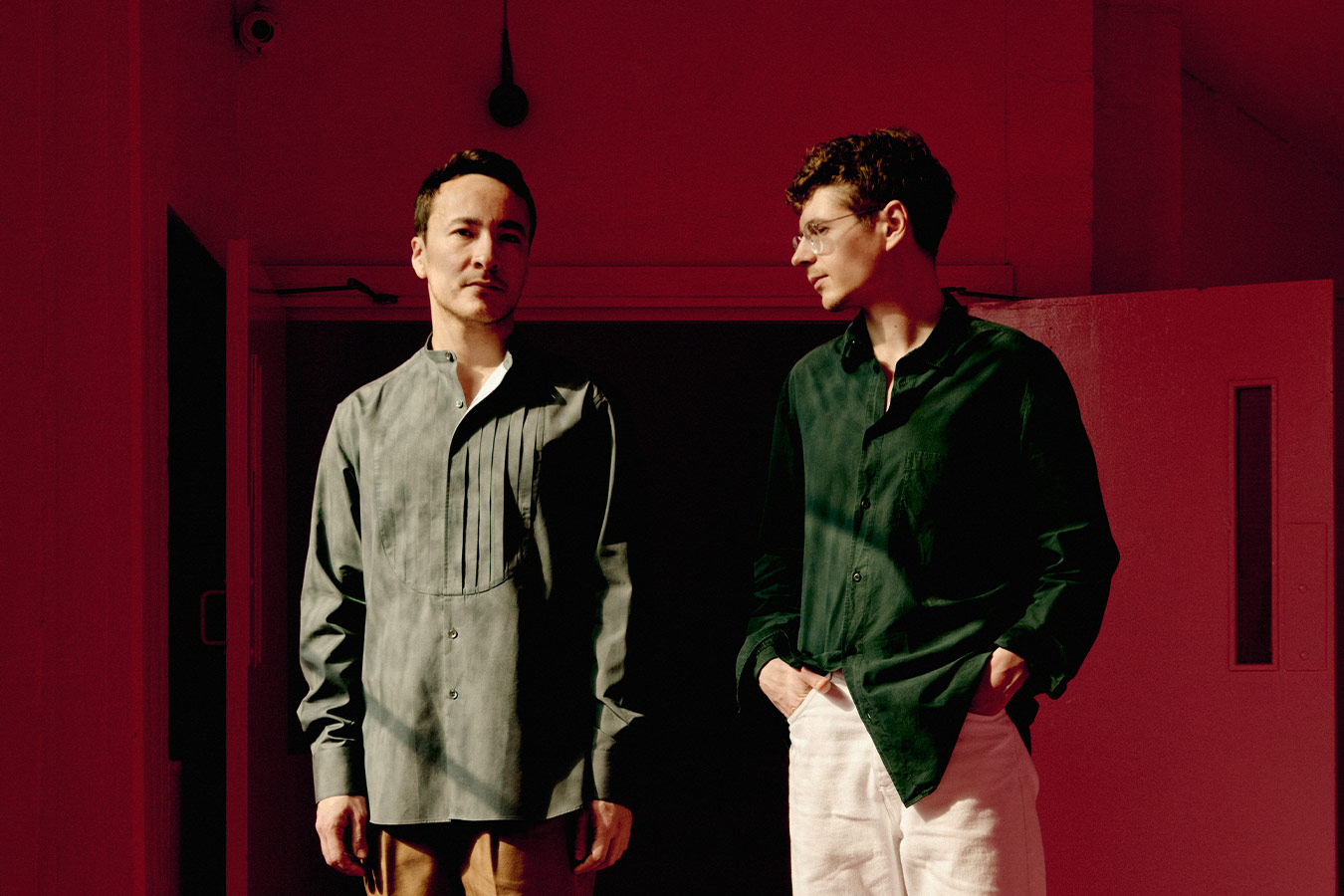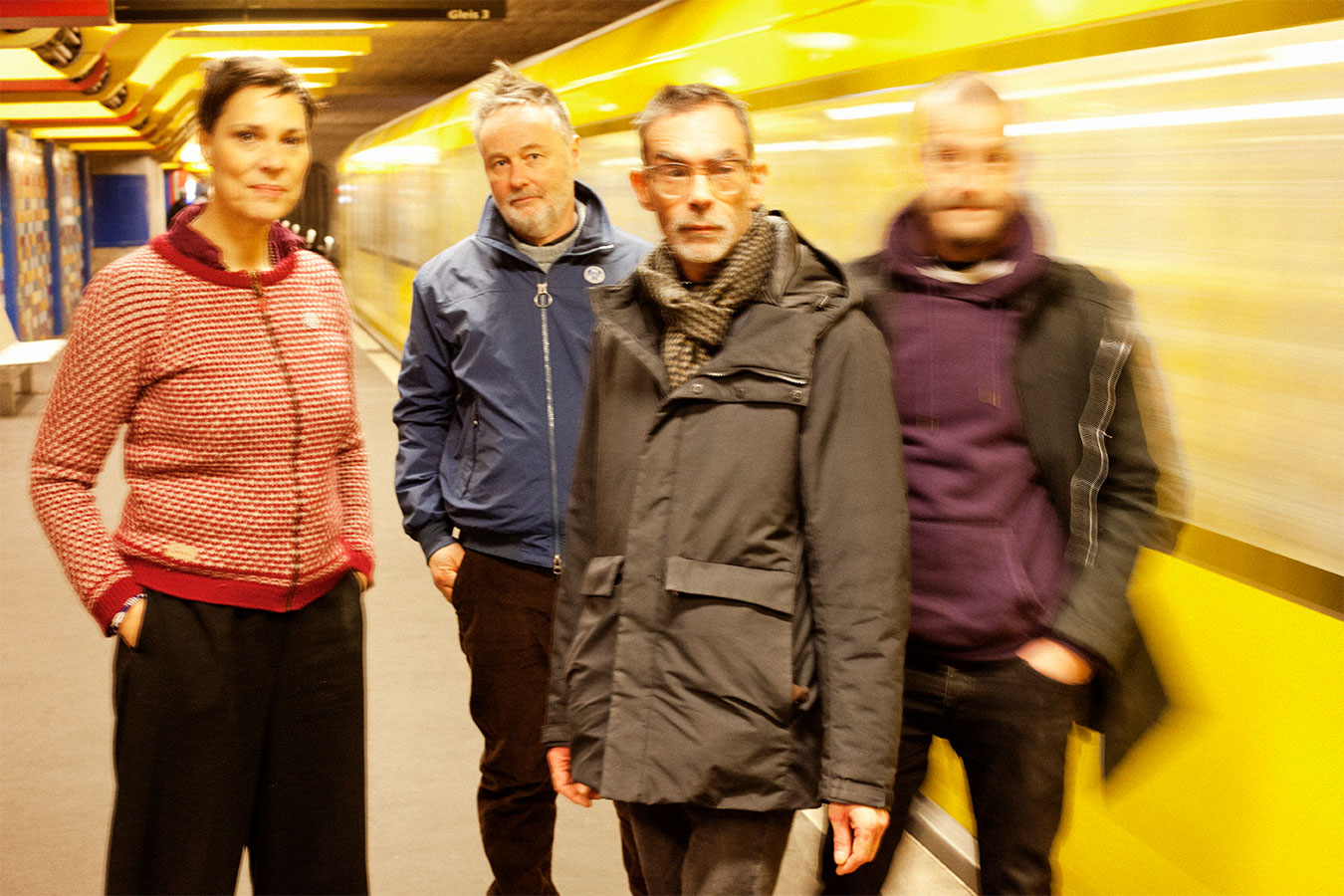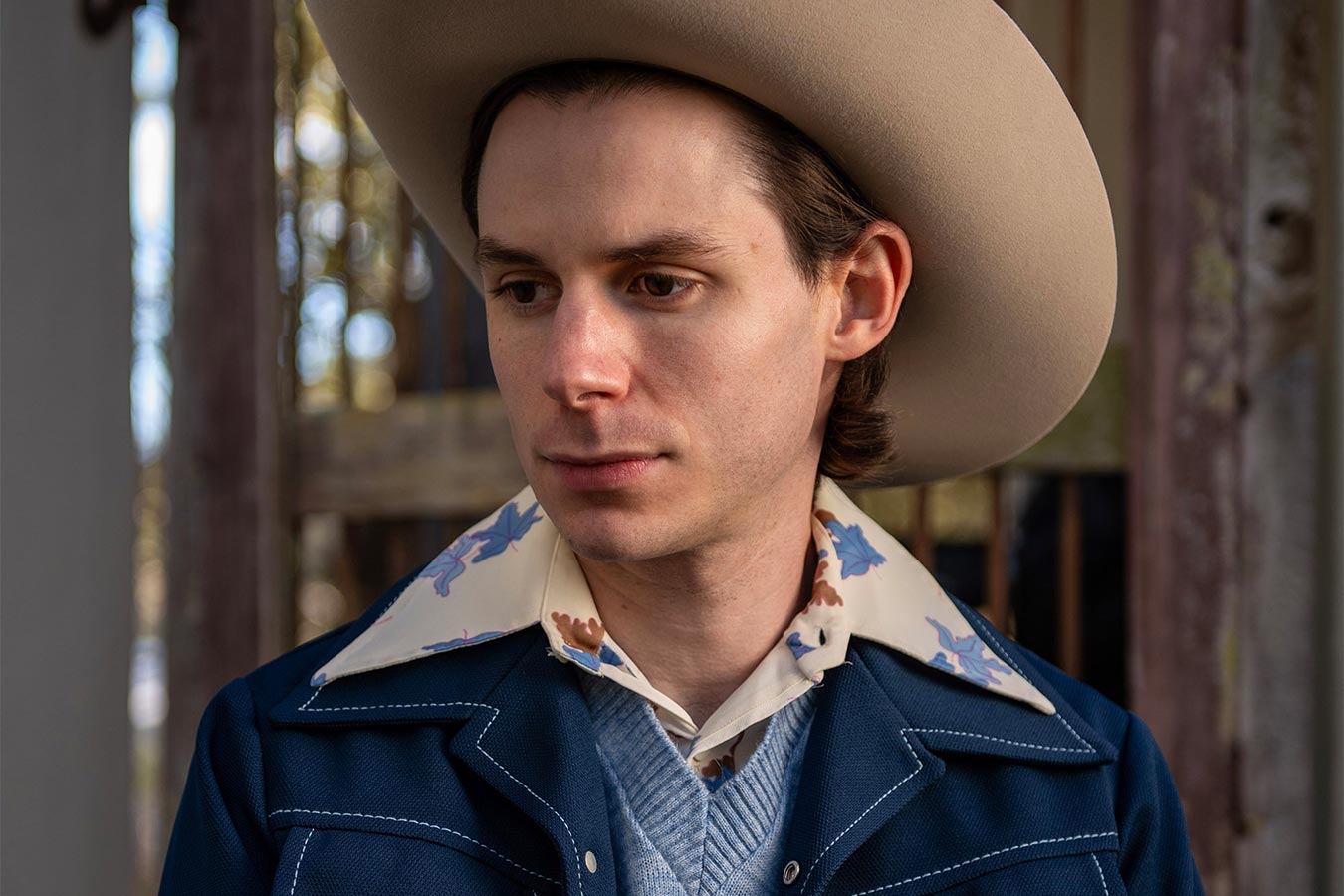The Awl on our “suitably out-there Ballroom Marfa sort of drive-in”
July 3, 2013
Anthony Paletta has a lovely essay in The Awl about the history of drive-in movie theaters that starts out with straightforward nostalgia and heartwarming stories about drive-ins using Kickstarter campaigns to stay afloat. And then because it’s The Awl it takes a turn down a more interesting path, looking at the role of drive-ins as “charnel houses for heavy petting,” their openness to imaginative programming, ties to church experiences and as sites of on-screen catharsis.
Robert Schuller, preacher behind Richard Neutra’s Crystal Cathedral and assorted other preacherly activities, held earlier services at a drive-in, advertising “The Orange Church meets in the Orange Drive-In Theater where even the handicapped, hard of hearing, aged and infirm can see and hear the entire service without leaving their family car.”
The cultural imaging of drive-ins on screen has therefore been a bit complicated. James Cagney hides out from the police in the Sun-Val drive in (watching a Gary Cooper movie on the development of aircraft carriers). John Travolta sets up playground equipment in Grease. The central romantic conflict in Coppola’s The Outsiders starts at the drive-in. In Back to the Future III, Marty McFly sets off at the Pohatchee Drive-in (where a marquee hilariously proclaims a program of “Francis in the Navy, Ma and Pa Kettle at Waikiki, and Abbott and Costello Meet the Mummy.” Dead-End-Drive In, a superb Ozploitation film, imagines a dystopian future where distaff youth are confined in a drive-in and subjected to a constant barrage of trash cinema. Imagine putting up an electric fence around Burning Man and you’re partway to a screenshot. These youths, too, understood a thing or two about the drive in.
In the course of charting this history — a sort of companion timeline to the one offered by Lonn Taylor in his recent assessment of Ballroom’s own Drive-In in the Big Bend Sentinel — Paletta also connects the multifaceted drive-in experience of times past with the vision that informs our project out at Vizcaino Park.
Drive-ins were engaged in a constant battle of invention to attract customers before dusk and most importantly, to keep them eating. According to Segrave, nearly 90% of drive-ins had a playground by 1956. Dances would be held prior to screenings. Other carnivalesque enticements flourished; fireworks, petting zoos, and pony rides with the ultimate aim to extract as much concession revenue as possible from the narrow hours of marketable darkness.
Most programming is family-friendly, but frequently more varied than you’d think. Full Moon Drive-In in San Diego is also a spot to catch Driving Miss Daisy, Rebel Without a Cause, and American Psycho. The Admiral Twin in Tulsa reports banner attendance at its Outsiders and Rumble Fish screenings. Marfa, Texas, is getting in on the act with a suitably out-there Ballroom Marfa sort of drive-in.
Keep reading Paletta’s suitably imaginative essay in The Awl. Find out more about the Ballroom Drive-In by visiting the project space adjacent to the gallery here in Marfa, or visit the Drive-In website. Also stay tuned to David Beebe’s Twitter for updates on his own DIY drive-in, next door to the Boyz2Men taco trailer at Airstreamland.
